Making his debut in 1973’s The Tomb of Dracula #10, Blade‘s first appearance was a little different from how fans know the character to be now, with him originally sporting a bright green jacket and matching goggles. But while Blade‘s wardrobe may have changed dramatically, his backstory has remained largely the same.
That said, there have been plenty of retcons to Blade’s story over the years, with some of the most infamous coming from the Spider-Man 1990s animated series and the Wesley Snipes-led Blade live-action trilogy. Many of these retcons have now become staple characteristics of the Marvel antihero, such as his vampiric thirst for blood, which developer Arkane could leverage for some interesting gameplay mechanics in Marvel’s Blade.
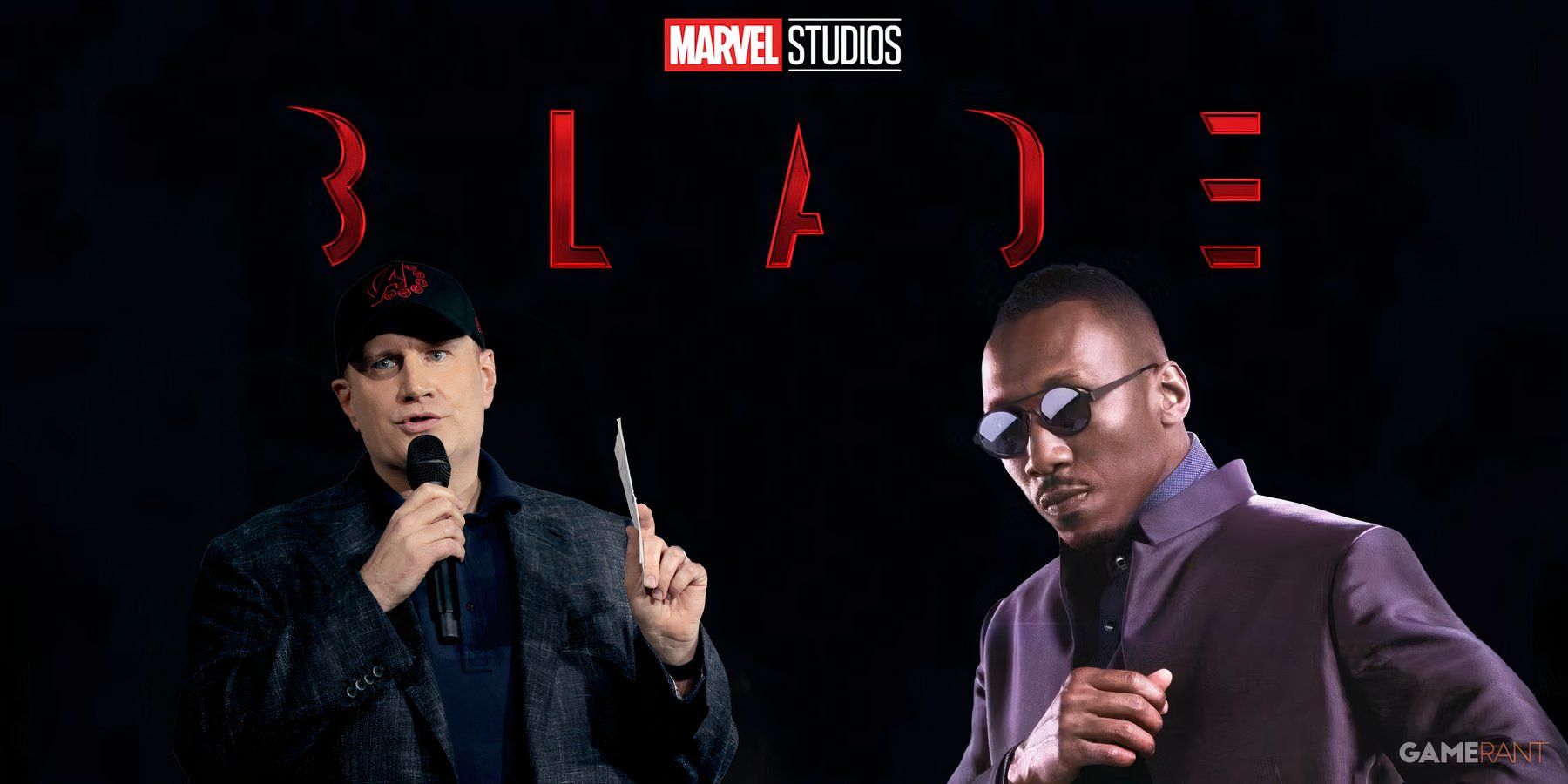
Related
Kevin Feige Finally Has Good Blade MCU News After the Latest Delay
The Blade MCU release date delay had some fans worried the project would be canceled, and Marvel Studios’ Kevin Feige addressed those concerns.
Marvel’s Blade Could Leverage The Hero’s Need for Blood
Blade’s Thirst for Blood Explained
In Blade’s first comic appearance in the early 1970s, his powers function a little differently than his modern iteration. After his mother is bitten by a vampire during childbirth, Blade enters the world with a powerful resistance to vampire bites and hypnosis. In the late 1990s, the Peter Parker: Spider-Man comics saw Blade getting bit by the now-infamous Spidey villain Morbius. In this comic run, this bite from Morbius grants Blade his superhuman powers.
In the 2006 Blade comic run, however, the antihero’s origin is retconned a little. While Blade is still bitten by Morbius, it’s revealed that he was a Dhampir from birth. As a Dhampir, Blade essentially gains all the powers and strength of a vampire, with very few of the weaknesses. Blade can still walk in the sun (hence the nickname “Daywalker”), and he’s completely unaffected by religious symbols, garlic, holy water, and any other items that usually wreak havoc on a vampire’s physiology.
But the one major weakness of Blade’s Dhampirism is that he still has a deep physiological thirst for human blood. Though he has occasionally drank human blood to satiate this need, he’ll most often be shown consuming an artificial serum that quenches his thirst.
How Blade’s Thirst for Blood Could Be Used as a Core Mechanic in Marvel’s Blade
While Blade’s thirst for human blood doesn’t always come into play during his comic appearances, it would offer developer Arkane a great opportunity to deliver some unique gameplay mechanics. Blade’s hunger could drive some kind of light crafting and survival system, where players need to create vials of serum as they make their way through the Paris quarantine zone and consume them whenever Blade gets hungry.
In the comics, Blade’s thirst for blood is also directly tied to his ability to regenerate. It might be interesting to see Arkane implement this into Marvel’s Blade, allowing players to heal from minor wounds automatically but requiring them to consume a serum or blood to heal major damage. It’s also recently been rumored that Marvel’s Blade will feature an Infamous-like morality system. If that’s true, then this system could revolve around Blade’s need for blood.
Players might need to decide between crafting serums or draining a human to keep Blade’s strength up, a decision that would impact the player’s moral standing. Marvel’s Blade could make this choice much harder by taking a page out of BioShock‘s playbook, with serums offering only a slight boost in physical power, while human blood offers a much clearer in-game advantage.
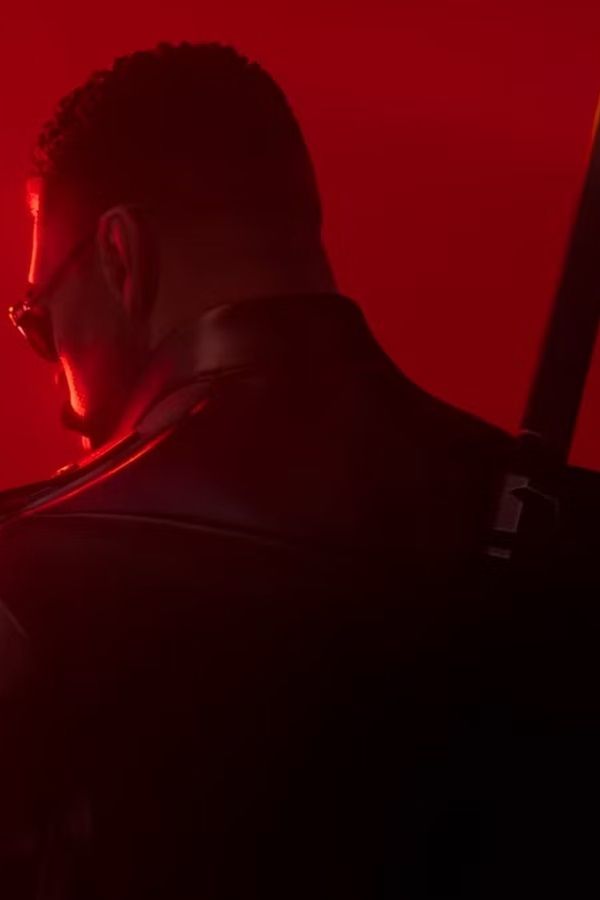
Marvel’s Blade is in development at Arkane Lyon, which developed Deathloop and Dishonored. It is a mature single-player third-person adventure game set in Paris, where players take on the role of the titular and beloved comic book hero.
- Franchise
- Marvel
- Publisher(s)
- Bethesda Softworks
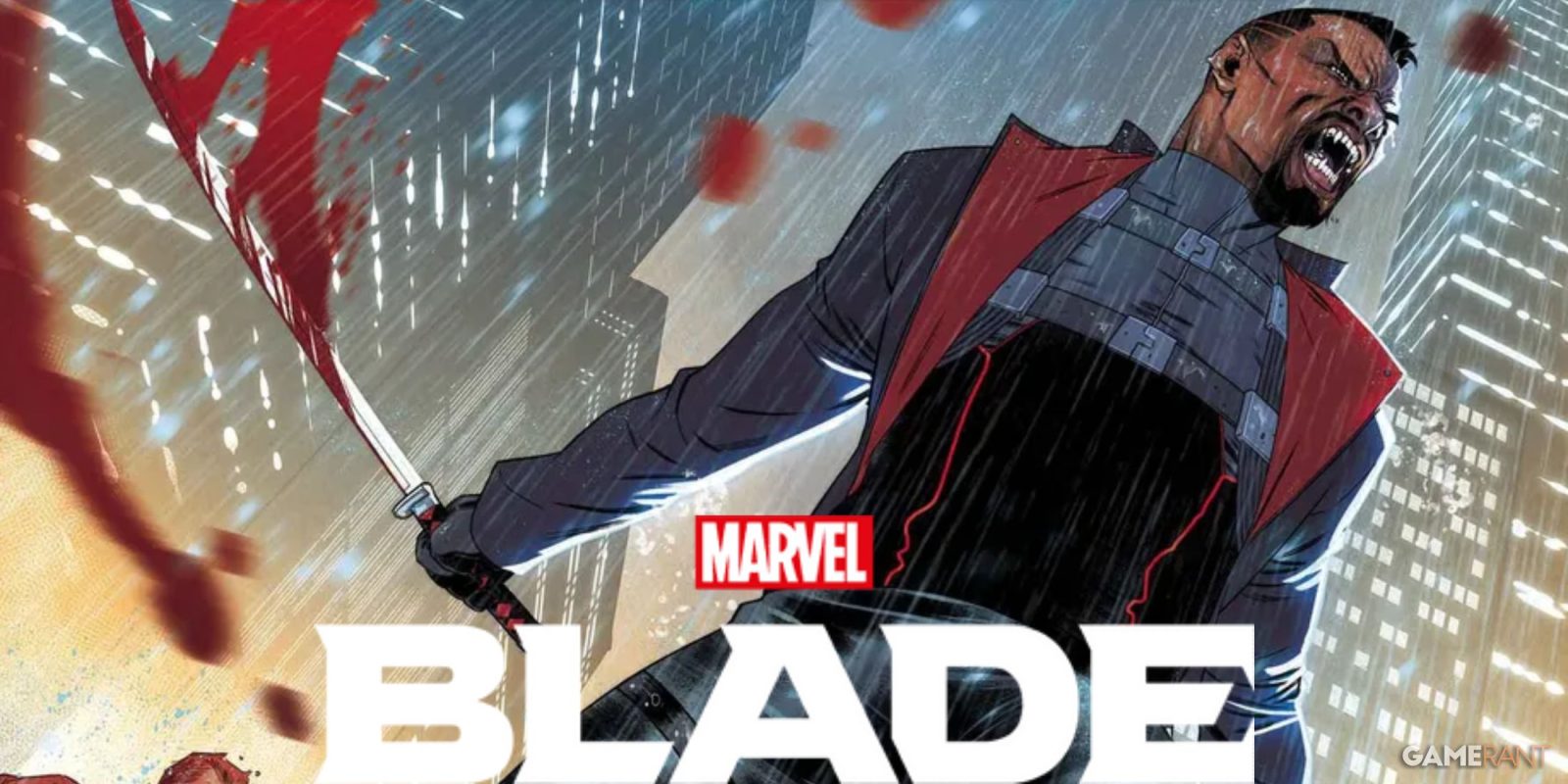
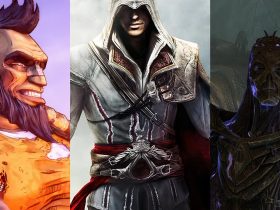
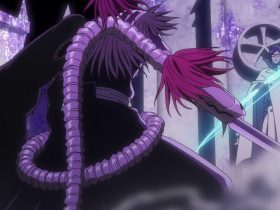
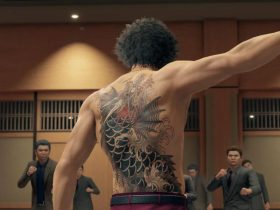

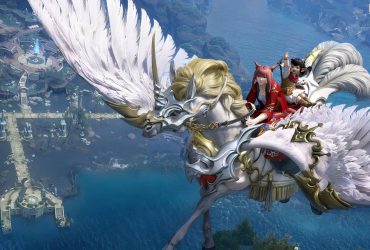
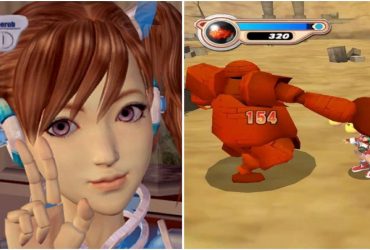
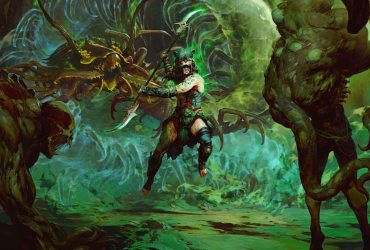
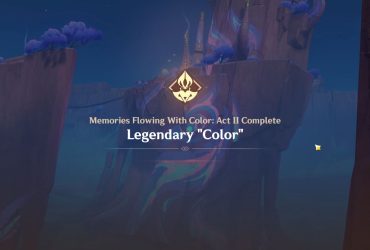
Leave a Reply